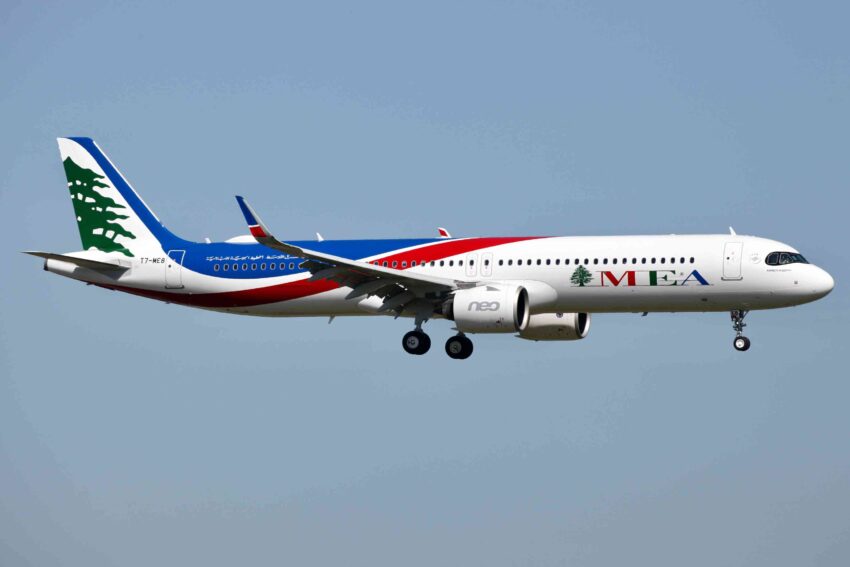Middle Eastern Airlines Face Decline in Demand, Affecting Routes to North America and Europe, What You Should Know Now


The International Air Transport Association (IATA) has released data showing a significant decline in demand for Middle Eastern airlines in June 2025, attributed to the ongoing political instability and regional conflicts. This downturn is particularly affecting international routes from the Middle Eastern airlines to North America and Europe. The area saw a 0.4% drop in air travel demand in comparison to the previous year. This change was in contrast to almost all other parts of the world. This report reveals the issues that Middle Eastern airlines are grappling with.
Key International Routes See Substantial Declines
The effects of regional unrest have been particularly evident on Middle Eastern airlines’ international routes. Traffic to North America, for instance, saw a sharp year-on-year decline of 7.0%. Similarly, flights between the Middle East and Europe dropped by 4.4%. These reductions reflect the broader disruptions caused by political instability, which has led to reduced consumer confidence and travel caution.
Despite these declines, Middle Eastern airlines have continued to increase their capacity by 1.1% year-on-year. However, this increase in available seats has not been enough to offset the drop in demand, leading to a decrease in the load factor. In June 2025, the load factor for Middle Eastern airlines stood at 78.7%, a drop of 1.2 percentage points compared to the same month in 2024.
Global Aviation Performance
While Middle Eastern airlines have struggled, other regions of the world have experienced varying levels of growth. Asia-Pacific airlines saw the highest demand increase, with a robust 7.2% year-on-year growth. This surge in demand is attributed to the region’s rapid economic recovery, coupled with the increasing appetite for both leisure and business travel. Similarly, European airlines reported a 2.8% rise in demand, while their capacity expanded by 3.3%.
Latin American carriers experienced significant growth, with demand rising 9.3% year-over-year. This growth has been driven by an increase in travel within the area, particularly related to the tourism industry, along with the recovery of travel due to improving economic conditions. At the same time, North American airlines experienced a slight dip in demand by 0.3%. This is a sign that, compared to other parts of the world, economic recovery in the North American region remains slower.
Africa and the Middle East: Slower Recovery
African airlines, while facing challenges, also showed a slight 0.3% year-on-year decrease in demand. However, they managed to maintain stable capacity levels, which helped them weather the storm. On the other hand, Middle Eastern airlines’ increased capacity was not met with proportional demand, highlighting the specific geopolitical and economic challenges the region is facing.
Outlook for Middle Eastern Airlines
The IATA’s findings illustrate the complex situation facing Middle Eastern airlines. With the political unrest and ongoing conflicts, these carriers are finding it difficult to fully recover, as demand for international flights to key destinations such as North America and Europe continues to fluctuate. While their global counterparts have seen significant growth in traffic, the Middle East will need to navigate these volatile conditions carefully.
Additionally, the airlines might have to look into addressing some operational inefficiencies and expanding to newer markets as well. Addressing these concerns will be crucial as the airlines are struggling to maintain their long-term competitiveness in the emerging and rapidly evolving regional aviation sector.
The post Middle Eastern Airlines Face Decline in Demand, Affecting Routes to North America and Europe, What You Should Know Now appeared first on Travel And Tour World.






